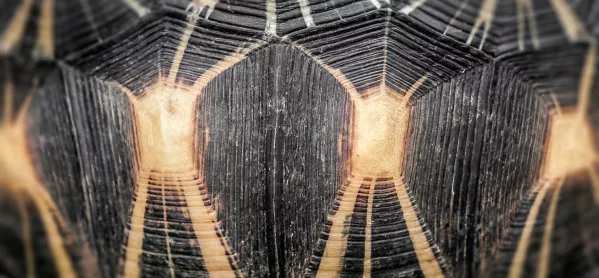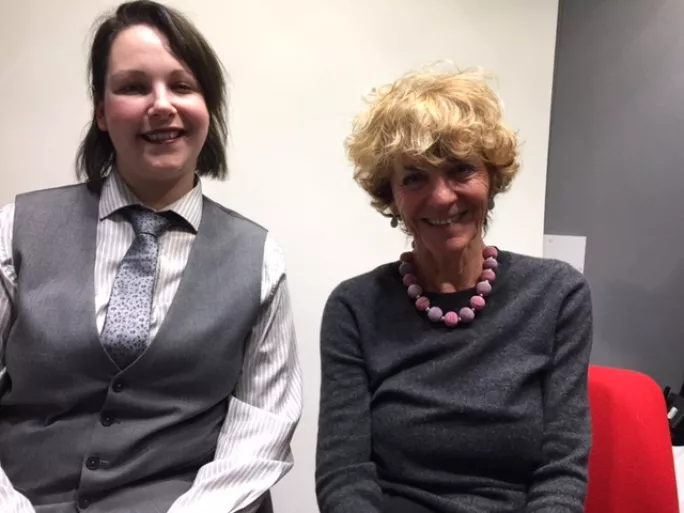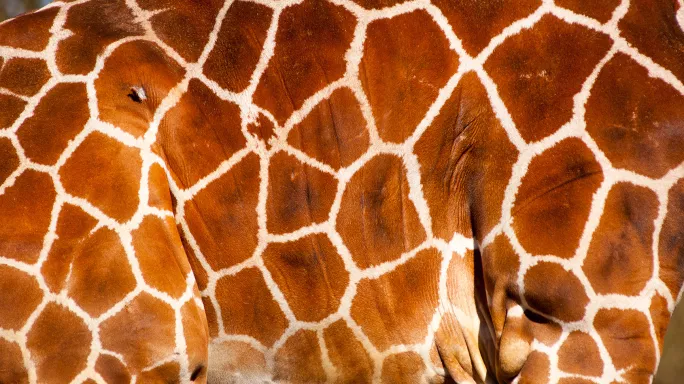Why microworlds are essential for teaching maths
Share
Why microworlds are essential for teaching maths
Professor Dame Celia Hoyles is pretty much the closest thing to royalty in mathematics education.
“I’ve been around a long while,” she laughs, at the beginning of our conversation for this week’s Tes Mathematips podcast.
Her decades of experience in maths education have been at the cutting edge of research.
You can listen to the podcast in the player below, or by typing ‘Tes - the education podcast’ into your podcast app
She has continually examined the place of technology and computing in maths learning, and explored innovative ways to assist students and teachers with all three.
“I’ve been trying to make mathematics more interesting, more relevant and more meaningful to learners of all sorts,” she says. “And with digital tools, we can get a bit nearer to that.”
A new microworld
And so, she explains, she is an enthusiastic advocate of microworlds.
Which leads to the question: what on earth (or indeed off it) is a microworld? And how might they make a difference to my maths classroom?
“A microworld is a playful area with tools that help you play,” she explains. “Specifically, digital tools so you get feedback. It’s a space where students can play, and by playing about they will see something they haven’t seen before.”
So it’s like a digital sandbox?
Not exactly, Dame Celia says. A microworld is an emotional place, too, where student agency and creativity are really important.
It’s essentially a digital or technology-supported learning environment of some kind, or piece of educational software, although the term is sometimes used more metaphorically, too.
Often, microworlds are accessed online and have been specifically designed to support learning through exploration, play or discovery, sometimes termed “informal learning”.
Students can experiment with writing code, making mistakes and adjustments when what they see isn’t what they expected.
But this doesn’t mean that they are just being left alone to make discoveries, Celia continues. The role of the teacher is crucial in nudging them in the right direction and asking important questions.
“All the things good maths teachers do automatically,” she smiles.
Quick read: GCSEs: Want to boost maths? Bring in more female teachers
Quick listen: How to give your pupils a deeper understanding of maths
Want to know more? It’s time to give maths the finger
And microworlds aren’t just for young children: they can help to structure complex interactions between algebraic, graphical and tabular representations, exploring the dynamics of change. They also help students to see changes and their mathematical implications across a variety of different topics.
For example, Celia tells me about an amazing activity where students design their own fireworks (using coordinate geometry, colours and shapes), and a statistical process control microworld, which enables adults to look at standard deviation visually.
“There are so many microworlds to explore,” she says, with infectious excitement.
Making your own microworld
So where should teachers begin?
“Start with the maths, don’t start with the technology,” she advises.
It’s useful to find a mathematical idea you’re really interested in and find out who’s doing work on it already, she continues. That way you can find people who have designed microworlds that you may be able to play with, and you may be able to collaborate with them.
You can look to see what’s already been designed on EdTech Wikipedia, or check out Pinterest or other social media. Many teachers will have had experience of using LOGO (with the unforgettable turtle), and NRICH has some great resources to get you started.
“I’m sorry to keep going on about driving turtles around,” she laughs. “But robotics is so exciting. It’s such a joy to do it and everybody loves it.”
And finally, even if your tech fails you in the process, know that you’re not alone.
“We were at a conference about digital technology in Canada,’ she says, “and they had the most almighty thunderstorm. There was no electricity, so we all had to give our presentations waving our arms around in candlelight.”
Lucy Rycroft-Smith works in communications and research for Cambridge Mathematics
Further reading
In the podcast, Celia mentions:
-
Turtle geometry with Logo
-
Her book with her husband and colleague Richard Noss Windows on Mathematical Meanings: learning cultures and computers
-
The NRICH project
Lucy mentions:






